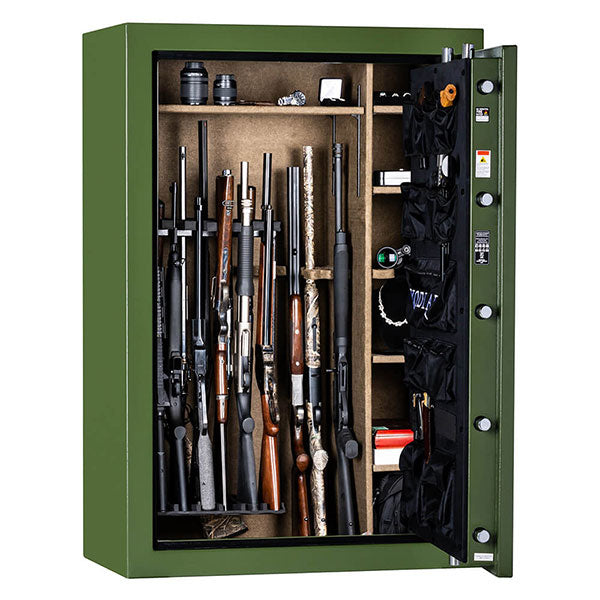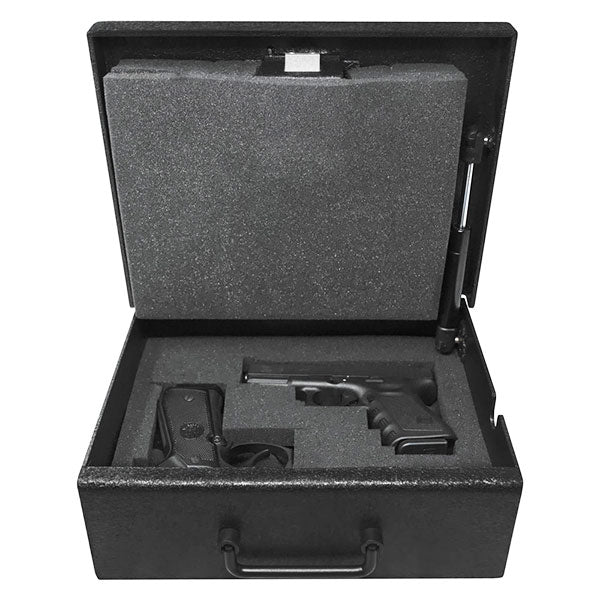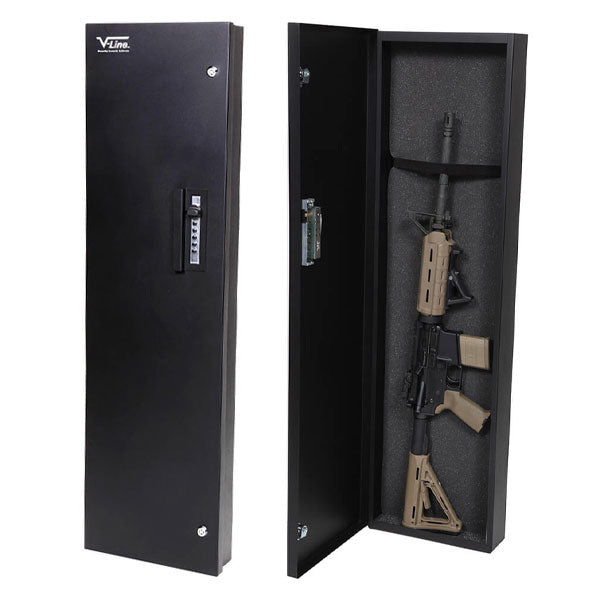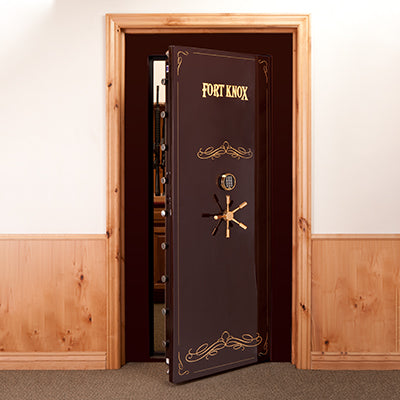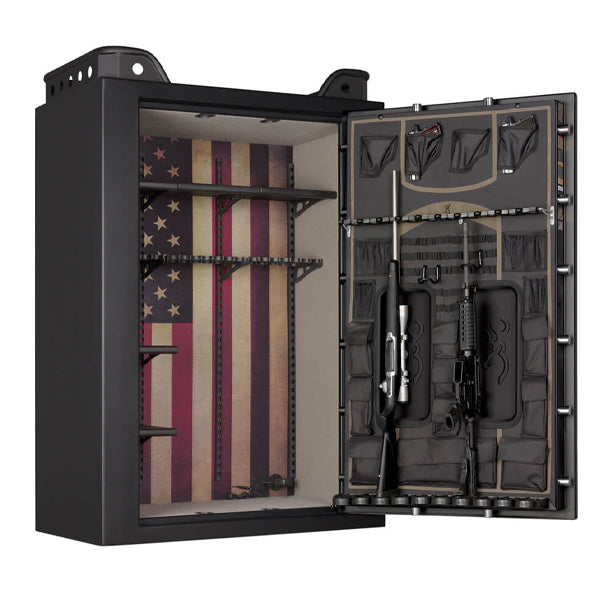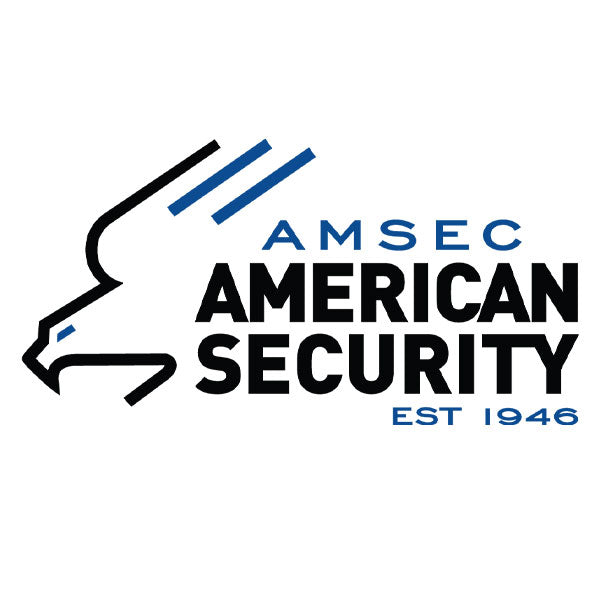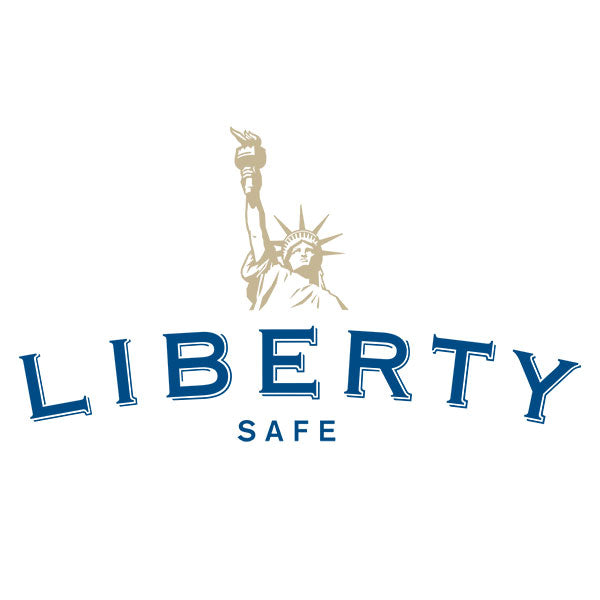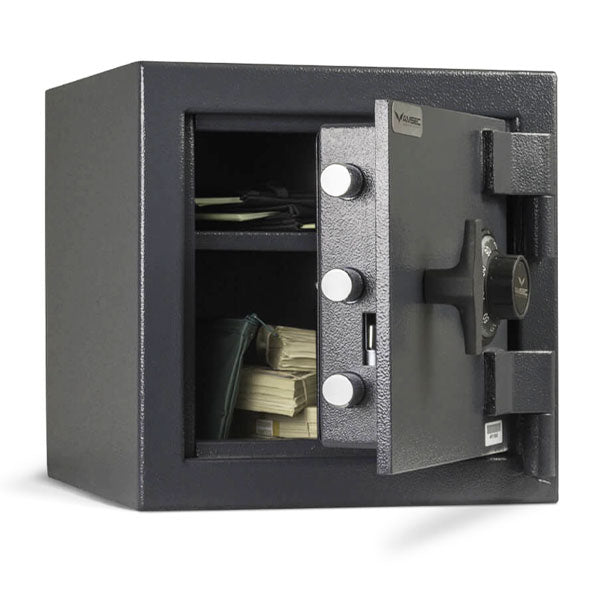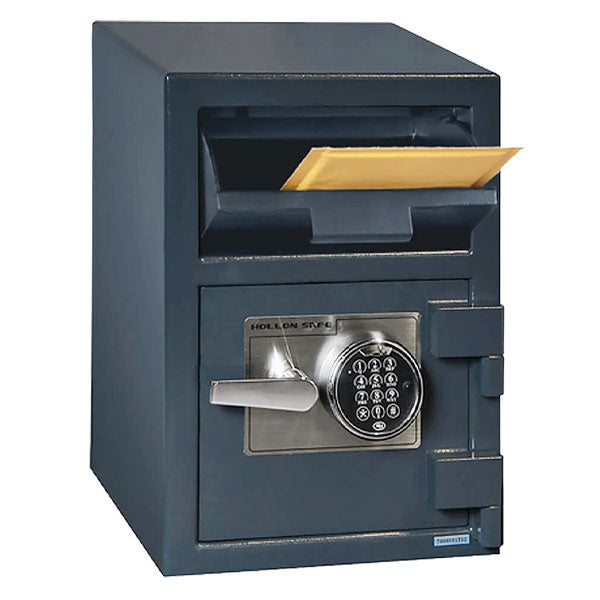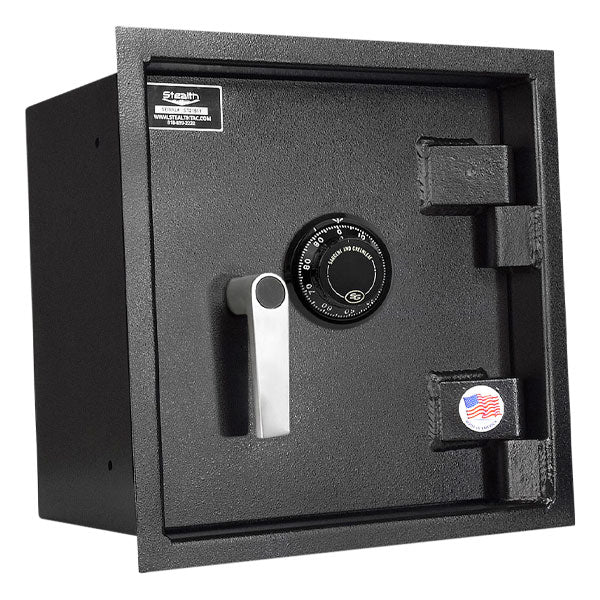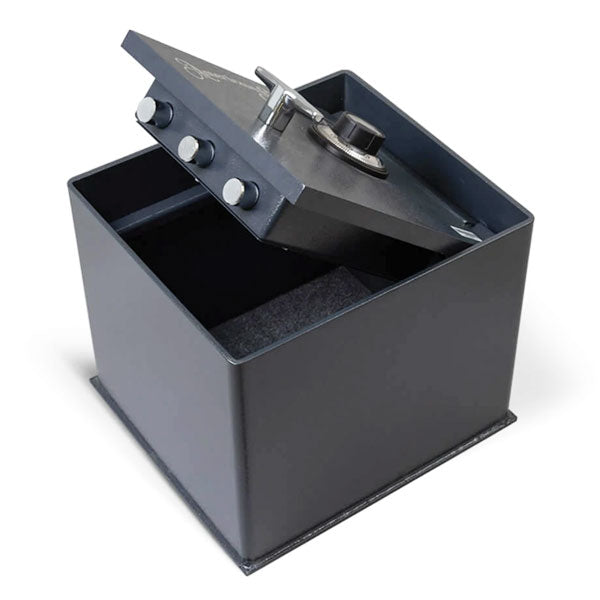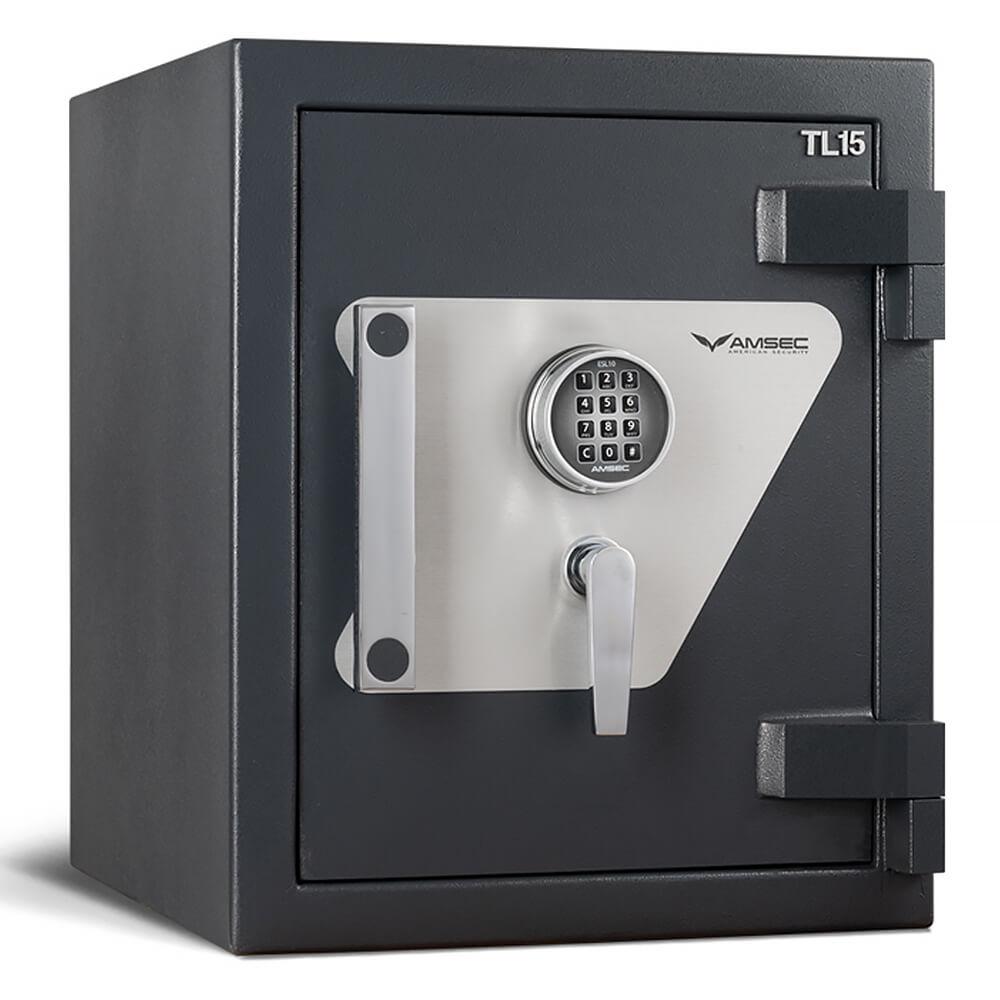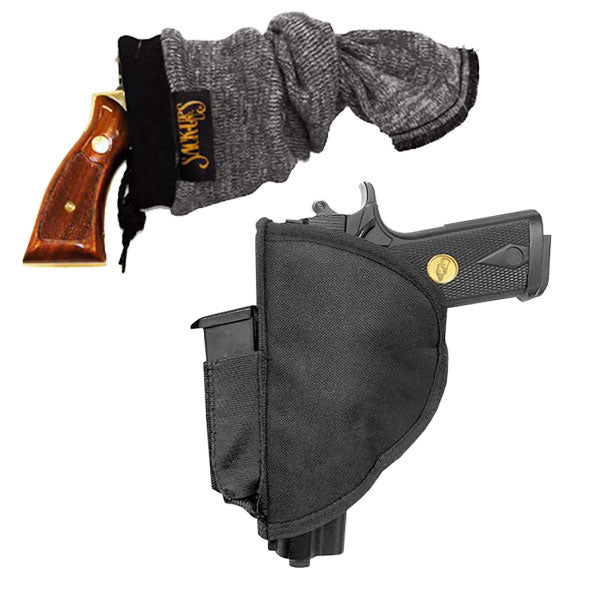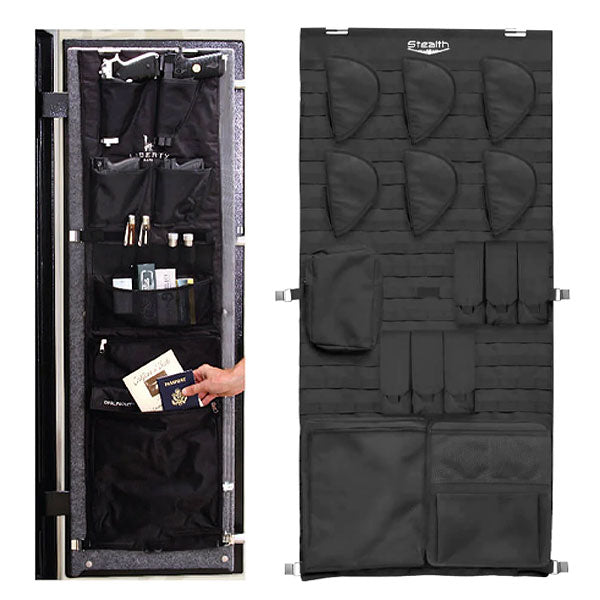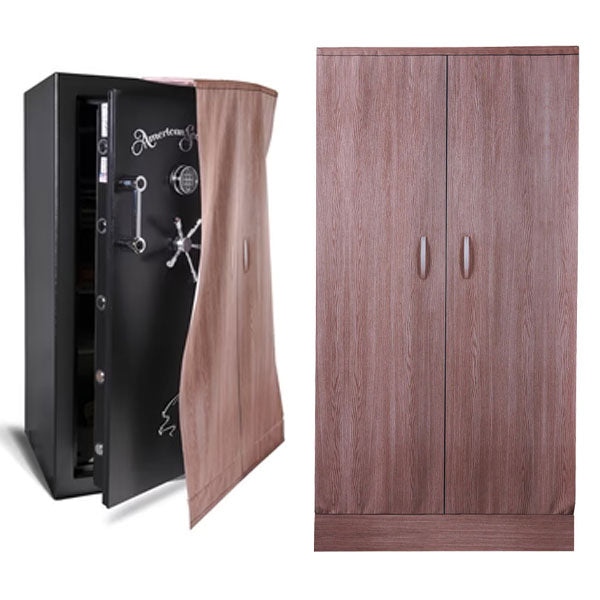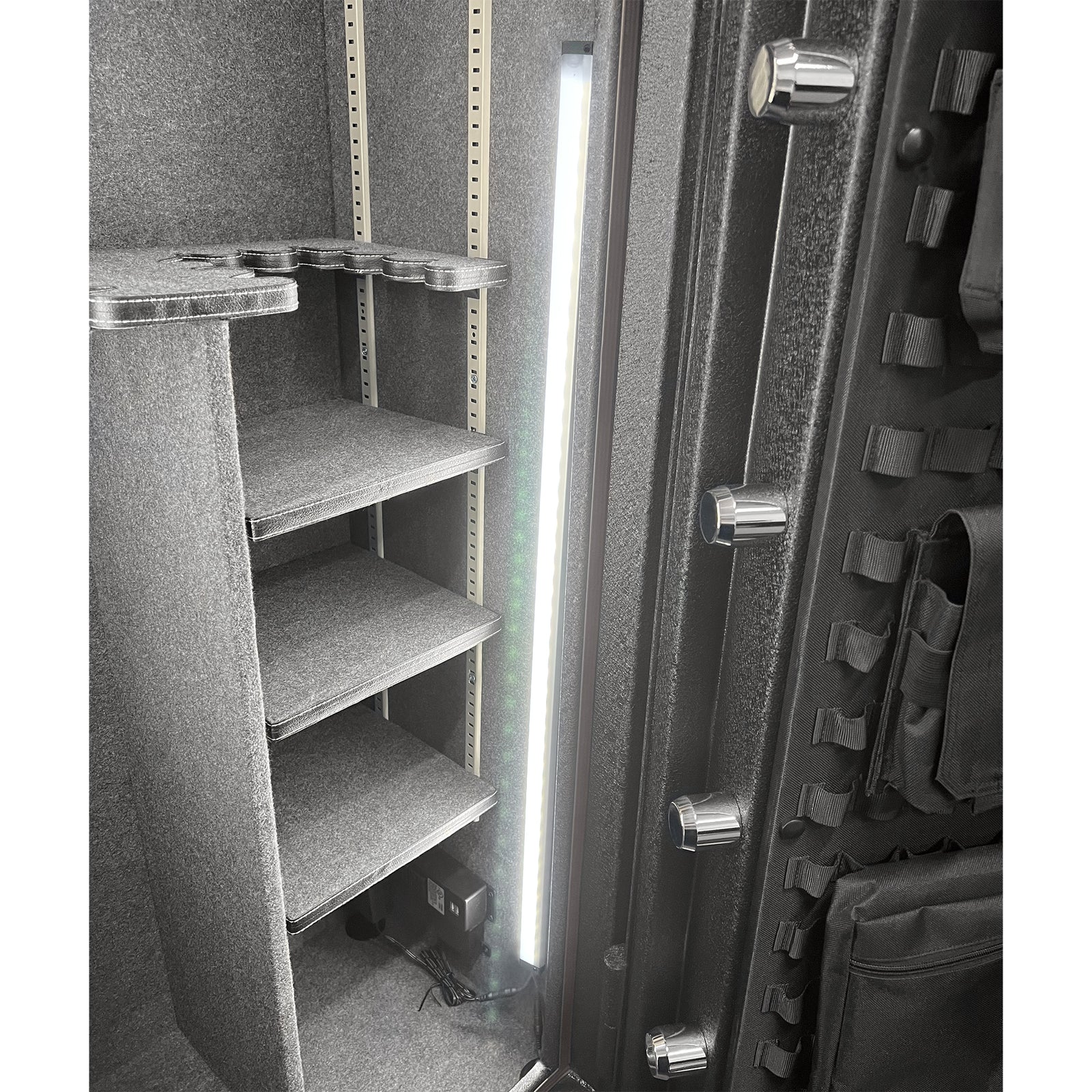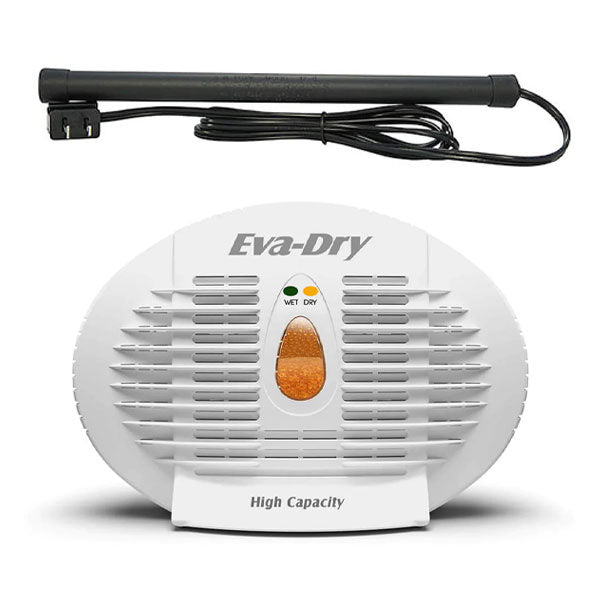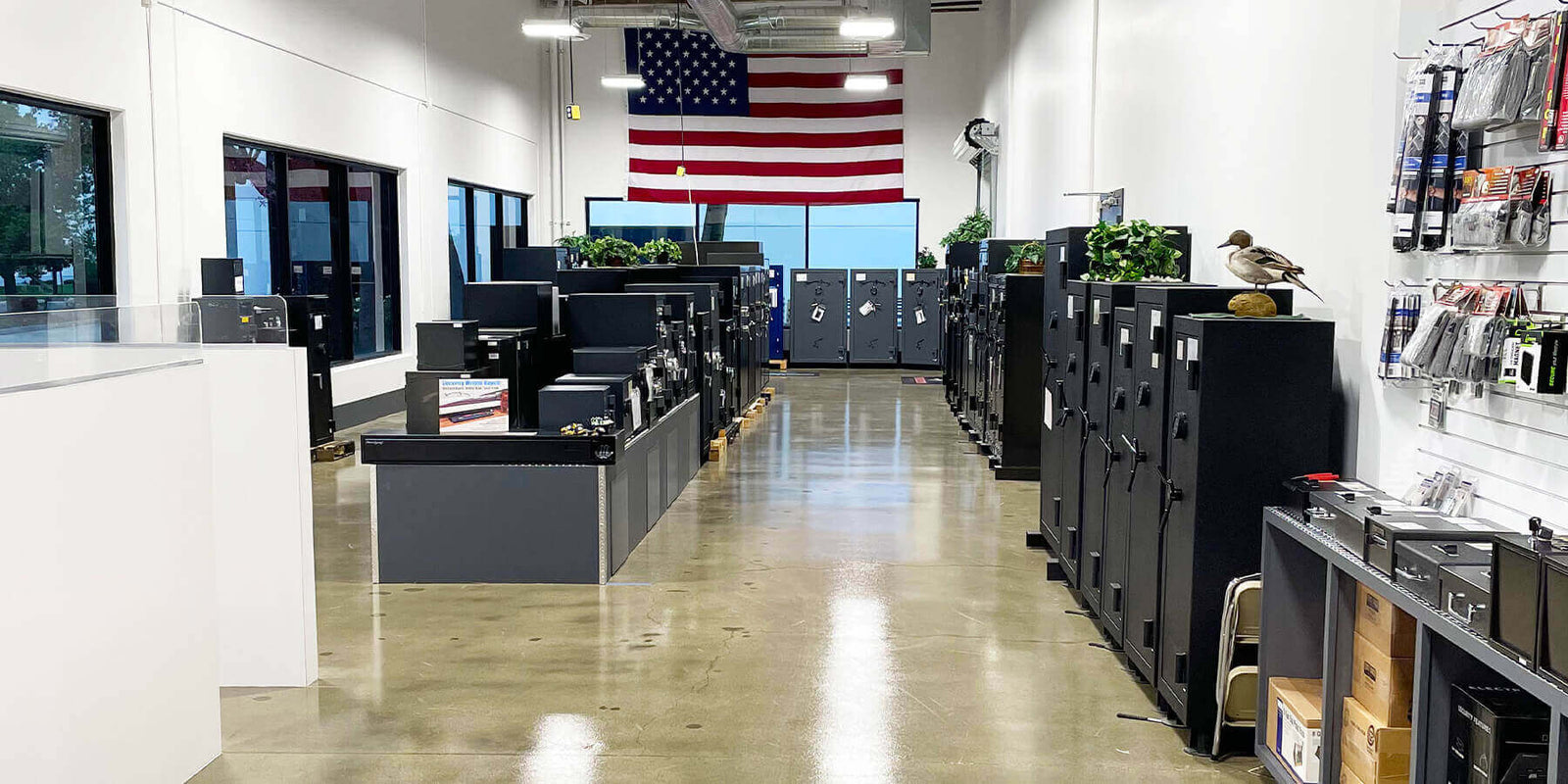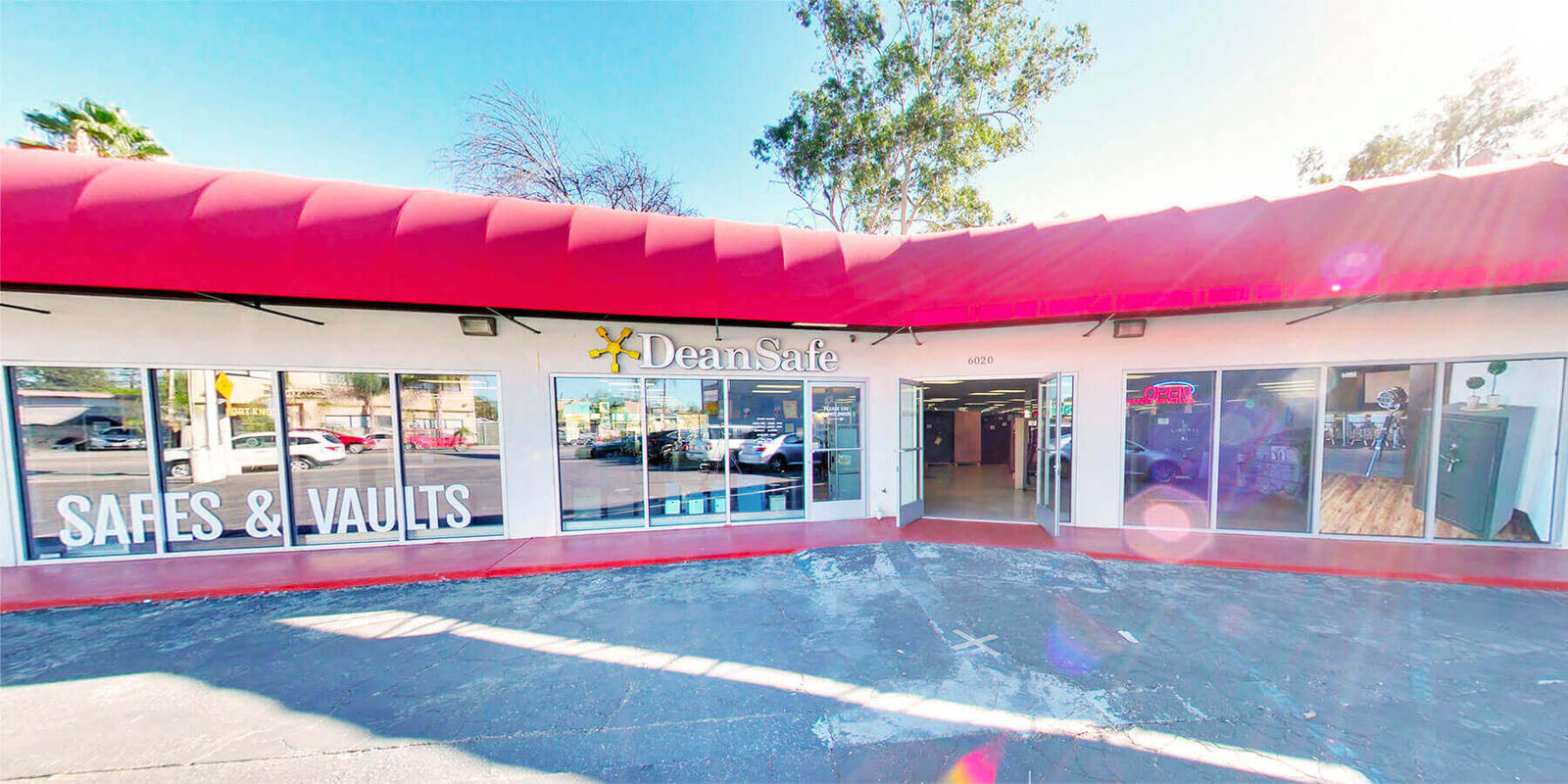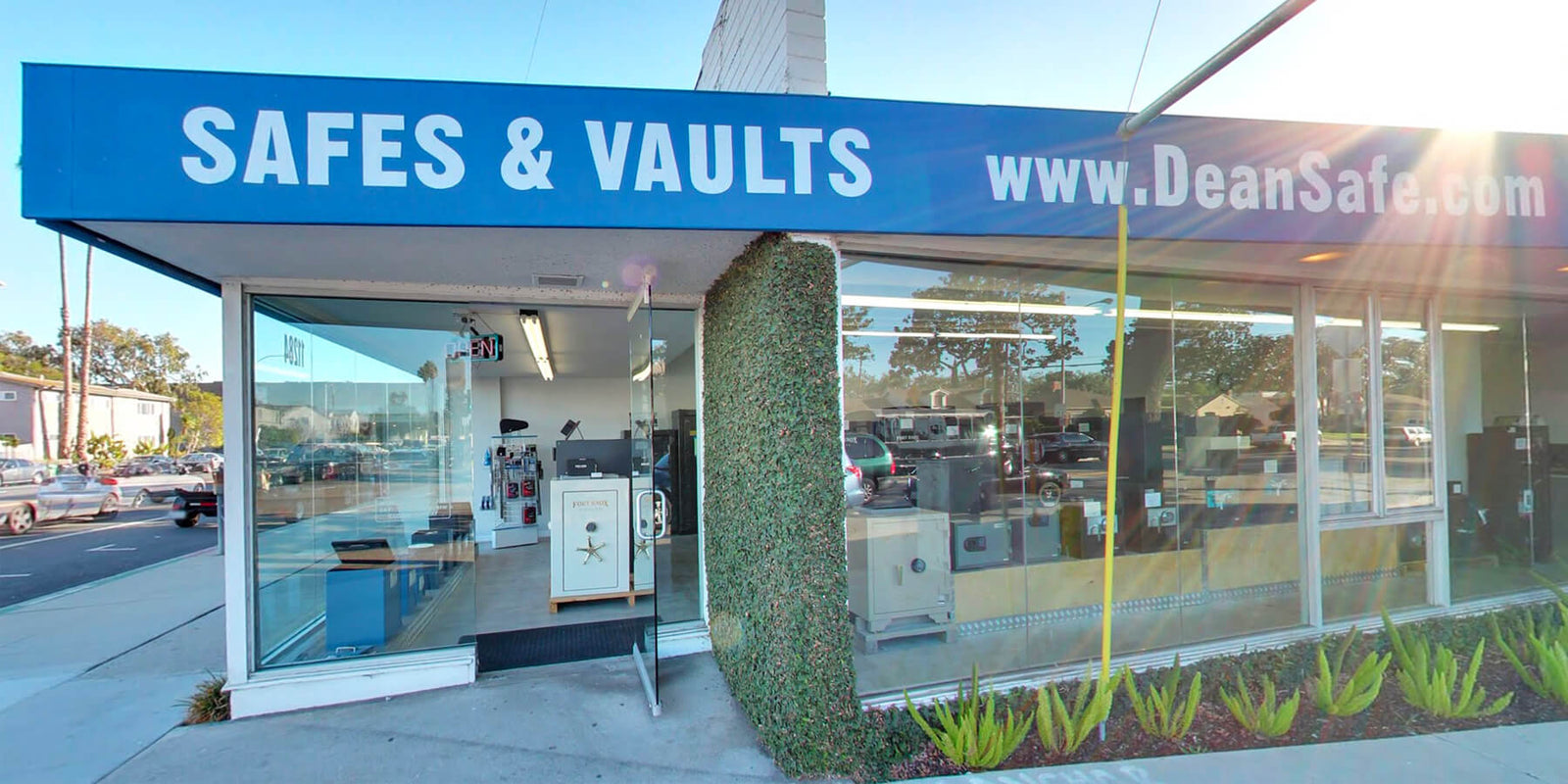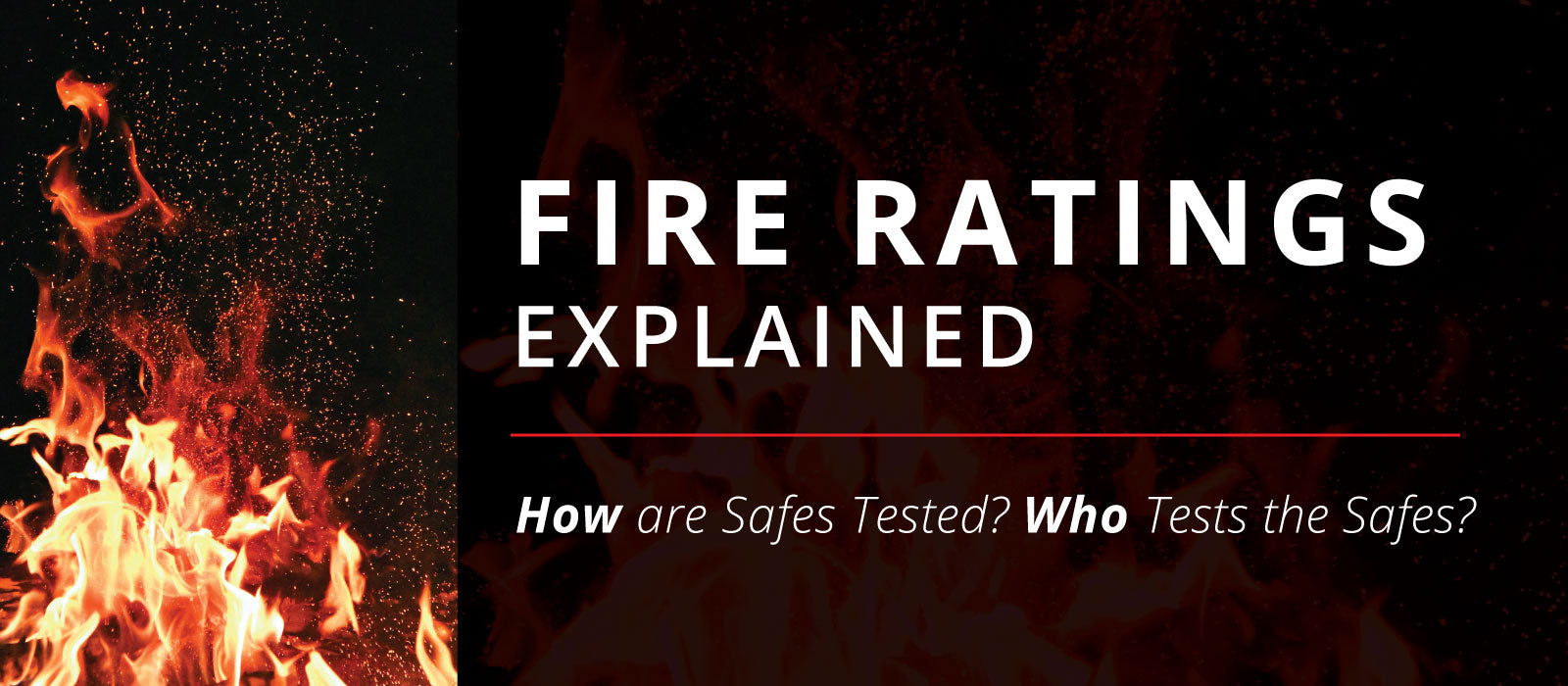
Fire Ratings on Safes: The Different Ratings & What to Choose
To make learning about Gun Safe and Home Safe Fire Ratings as simple as possible, we have narrowed the vast amount of information down to the main core elements that explain your safes fire protection: Who is the one testing the safe, what temperature it is tested at and the amount of time it is tested for. This article is all about the companies that administer the tests and give safes their fire rating. For each company, certain standards have to be met in order to receive a fire certification. We also offer some key details about what you should look for when buying a Fire Safe.
*Important Facts to Note*
- A typical house fire will normally only reach about 1100-1200 degrees Fahrenheit
- Paper and standard documents will catch fire at approximately 450 degrees Fahrenheit
- Safe interiors must NOT exceed 350ºF during a fire
- The amount of time listed on the Fire Rating Label is the time that safe was able to handle inside a furnace (at the appropriate temperature) with the internal temperature never going above 350ºF
- A room during a house fire can burn for about 20 minutes (average)
- *It is normally recommended to buy a safe with a minimum of 30 minute fire rating, but we recommend to buy a safe with a 1 hour fire rating (minimum)
Things to Look for When Buying a Fire Safe:
- Read the label or description and find out who is verifying the Fire Rating
- You want to look for indications that the safe is verified by either: UL, ETL, JIS or KIS. If the safe says it is privately tested by the manufacturer it means it is not verified by an independent third party.
- The longer the Fire Rating, the Better!
- When it comes to Fire Ratings and Burglary Ratings, it is ALWAYS better to spend a little extra for a higher rated safe. In the unfortunate event of a fire, you want to make sure you really have that ultimate protection - otherwise why buy a safe. It's better to give yourself the peace of mind that your valuables are safe during the event of a break in or house fire.
- When looking to buy a safe with Fire Protection, we recommend you look for a safe with a 1-2 Hour Fire Rating.
Who Conducts the Tests?
The first thing you need to look at when buying a safe with fire protection, is “Who is the one actually testing the safes fire rating”. You have a few different options: E.T.L, U.L, K.I.S, J.I.S and the manufacturer of the safe itself.

U.L Fire Testing
Underwriters Laboratories, like ETL, is one of the most respected and reliable testing facilities that test each safe with extreme tactics, including: A Fire Endurance Test, an Explosion on Hazard Test and a Fire Impact Test.
- Fire Endurance Test – first the safe is exposed to cold temperatures on all sides (except the bottom of the safe) then added to the furnace. Depending on the class (A, B, etc.) the temperature the furnace reaches and for how long varies. The test is conducted with papers and documents placed inside for the ultimate test. In order to successfully pass this test, the documents have to still be legible and in working condition and all surfaces of the interior must be undamaged from the heat.
- Explosive Test – insures the safe can handle fast rising heat temperatures and heat explosions. Once the furnace reaches 2000 degrees F, the safe is placed into the furnace for 30 minutes. When the safe is brought out and able to handle, the interior is examined, and the fire insulation must be intact.
- Impact Test - the safe has to not only go through the furnace, but also dropped 30 feet after being removed from the furnace. Then it is placed back into the furnace (upside down). The interior documents must be legible and in working condition with no exposure to fire damage.
UL Class Rating System

K.I.S Testing
The Korean Industrial Standards (K.I.S) is a testing facility in Korea with 3 tests it administers to a safe: a 2 Hour Furnace Test, an Explosion Test, as well as a Fire Impact Drop Test.
- 2 Hour Furnace Test - The safe is placed in a furnace for 2 hours with the temperature reaching 1850 degrees F.
- Explosion Test - The safe is placed in a furnace after the temperature reaches 1852 degrees F for 10 minutes, then left in for an additional 30 minutes sitting at 1852 degrees F.
- Fire Impact/Drop Test - The safe first is put through intense fire for 45 minutes. Then is subject to a drop test of 13 feet and placed back into the furnace – now upside down, for an additional hour.

J.I.S Testing
The Japanese Industrial Standards (J.I.S) is a testing facility in Japan with a 1 Hour Standard Test and a 2 Hour Standard Test.
1 Hour Fire Test Standards:
- 1 Hour Furnace Test - The safe is placed in a furnace for 1 Hour with the temperature reaching 1700 degrees F.
- Impact/Drop Test - Once the safe is removed from the furnace, the safe is dropped 4 meters (approximately 13 feet) onto a concrete (and rubble) surface.
- Final Inspection - After the safe is cooled to be able to handle, the interior is inspected for damages. In order to pass the test, the interior cannot have gone above 350 degrees Fahrenheit and the contents stored inside (documents and such) must be in working condition and can have no signs of fire damage.
2 Hour Fire Test Standards:
- 2 Hour Furnace Test - The safe is placed in a furnace for 1 Hour with the temperature reaching 1700 degrees F.
- Impact/Drop Test - Once the safe is removed from the furnace, the safe is dropped 4 meters (approximately 13 feet) onto a concrete (and rubble) surface.
- Final Inspection - After the safe is cooled to be able to handle, the interior is inspected for damages. In order to pass the test, the interior cannot have gone above 350 degrees Fahrenheit and the contents stored inside (documents and such) must be in working condition and can have no signs of fire damage.

E.T.L Testing
Intertek ETL is one of the Safe industry’s leading fire testing laboratories and conducts extremely reliable fire tests.
45 Minute Fire Testing:
- 45 Minute Fire Endurance Test - Safes are added to the heating Furnace. Eight Minutes after added, the furnace reaches 1200 Degrees Fahrenheit, which is the temperature held for the remainder of the 45 minutes (complying with UL-72 fire testing).
90 Minute Fire Testing:
- 1 Hour 30 Minute Fire Endurance Test - Safes are added to the heating Furnace for a total time of 1 Hour 30 Minutes. Eight Minutes into that time the furnace reaches 1200 degrees Fahrenheit and is held at that temperature for the remainder of time.
120 Minute Fire Testing:
- 2 Hour Fire Endurance Test - Safes are added to the heating Furnace for a total time of 2 Hours. Eight Minutes into that time the furnace reaches 1200 degrees Fahrenheit and is held at that temperature for the remainder of time.
Manufacturer (Private) Testing
Sometimes manufactures administer their own fire tests, which is the most unreliable form of Fire Testing because there is no one verifying the tests done by the manufacturer. This is where it is important to look at the safe you are purchasing and read the label to see where the safe was fire tested.

